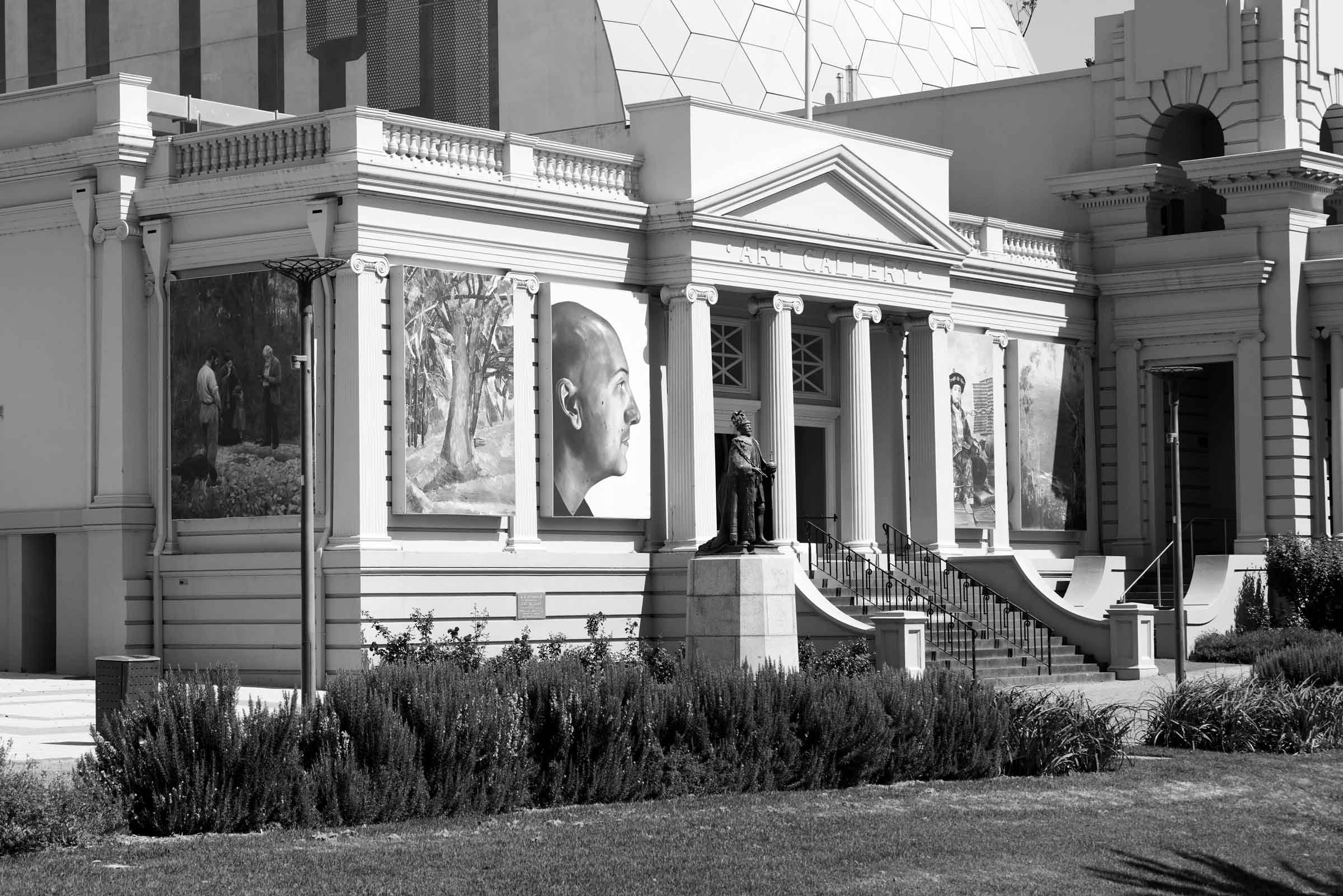
Geelong Gallery
Business Case
Geelong Gallery is acclaimed as one as one of Australia’s most important and oldest regional galleries and is beloved as one of the City’s iconic institutions. Since its first major acquisition in 1900, the Gallery has assembled a magnificent collection of 19th, 20th and 21st century Indigenous and non-Indigenous Australian and European painting, sculpture, printmaking, photography, decorative arts and new-media works. The collection holds more than 6,000 objects, including many which are of national significance.
Collaborators : JWA Architects
Imagery : Geelong Gallery
Geelong Gallery Business Case
Client: City of Greater Geelong
Services Primary : Business Case
Services Secondary: Economics & Financial Analysis
Sector: Arts & Culture
Background
Aalto and sub-consultants John Wardle Architects and River Levett Bucknall were appointed to develop a compelling business case for the expansion of the Gallery. The project was supported by the Gallery, the Victorian State Government and the City of Greater Geelong as a means to meet its key cultural and educational objectives, strongly aligned by Geelong’s designation as a UNESCO City of Design.
The Full (Detailed) Business Case was developed in response to a programming and facility review which found that the Gallery in its current form was not able to meet the service delivery obligations of a 21st.
Our Role & Outcome
The Aalto assignment commenced with the development of an Investment Logic Map (ILM) which set out the Problems which were to be solved, the Benefits from addressing them, and Strategic Options to resolve the problems.
Following acceptance of the ILM, Aalto Principals Claire Moritz and Darron Cook developed a business case which compared options for the redevelopment of public facing and collection-storage areas. The business case identified and evaluated the redevelopment options and then a single preferred project option (scale, scope and functional range) which demonstrated the superior outcome in terms of costs, benefits and risks to the Australian community as a whole.
The Aalto scope included DBC development, stakeholder management, project management (both designer and cost planner), and a detailed economic and financial modelling of project options, which measured the broad range of socioeconomic benefits arising from a redeveloped facility, compared against a ‘base case’.
The business case was accepted and endorsed by the Geelong Gallery Board, City of Greater Geelong and The State Government Representatives (RDV) and is under consideration for government and philanthropic partner support.



